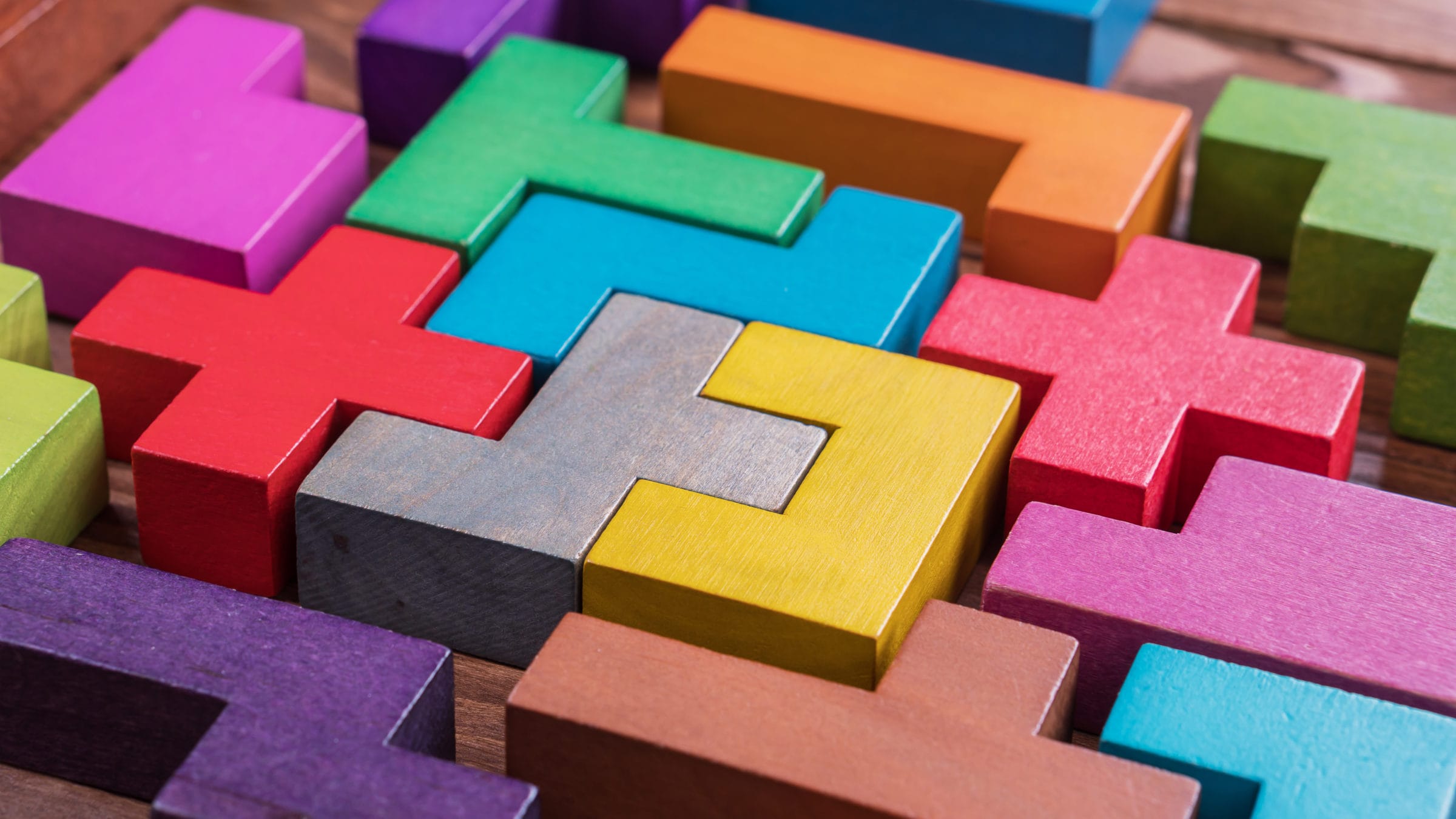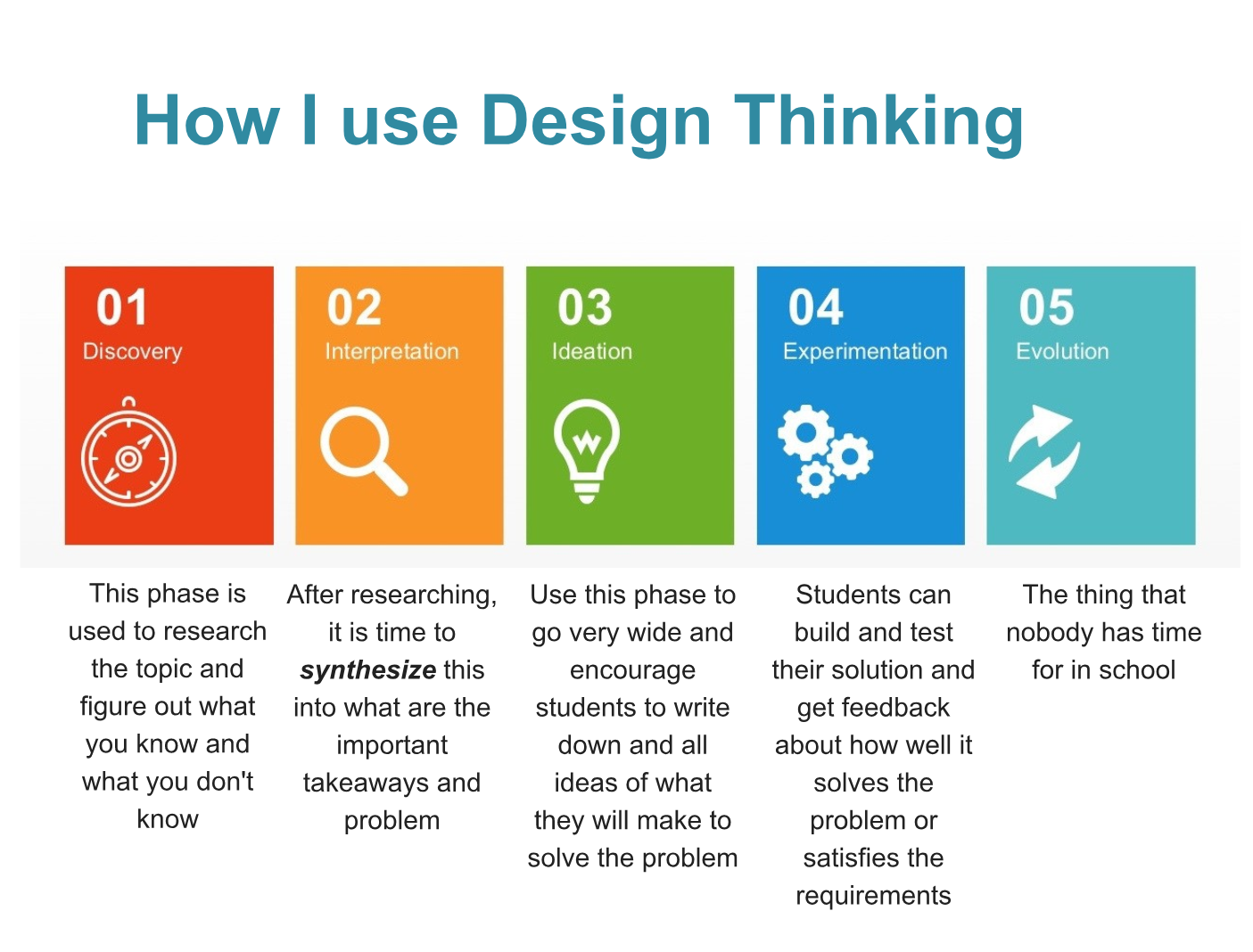Table Of Content
- Deceptive Persuasive Practice in UX Design
- Words vs. Actions: Why Innovation Must Be Central to COP28 Discussions
- Ideate stage
- Best Marketing AI Tools to Stay Productive in 2024
- What Is Empathy and Why Is It So Important in Design Thinking?
- 5-Prepare the Implementation Phase
- The Toolkit Handbook: 4 steps to enhance the benefits of the Design Thinking tools

Don Norman takes HCD a step further and prefers the term People-Centered Design. The design sprint is a very structured version of design thinking that fits into the timeline of a sprint (a sprint is a short timeframe in which agile teams work to produce deliverables). Developed by Google Ventures, the design sprint seeks to fast-track innovation. A design sprint is a 5-day intensive workshop where cross-functional teams aim to develop innovative solutions. The team aims to understand the problem, typically through user research.

Deceptive Persuasive Practice in UX Design
This approach allows developers to design solutions that are more closely aligned with users' evolving behaviors and preferences. Additionally, considering the Structural and Mental Models levels enable developers to identify and challenge assumptions about what users need or value, leading to more innovative and user-centric solutions. Agile methodologies emphasize flexibility, rapid iteration and stakeholder collaboration.
Words vs. Actions: Why Innovation Must Be Central to COP28 Discussions
Human-Centered, Systems-Minded Design - Stanford Social Innovation Review
Human-Centered, Systems-Minded Design.
Posted: Fri, 09 Mar 2018 08:00:00 GMT [source]
The second, solution-related diamond, begins with “Develop,” where the team brainstorms ideas. The final stage is “Deliver,” where the team tests the concepts and implements the most viable solution. With the foundation ready, teams gear up to “think outside the box.” They brainstorm alternative ways to view the problem and identify innovative solutions to the problem statement. While their quality is lower than that of 3D printing, it could be used in quick, low-fidelity prototypes before 3D printing. This practice reduces the cost because the early prototypes are tested using the low fidelity prototypes before moving to the high fidelity ones. The advantage of these materials is that they are easy to form and change, making them affordable for the team members to use regardless of their creative skills.
Ideate stage
Sign up for a free plan or choose one of the paid solutions, starting at $80/month, billed annually. Liedtka is an expert on the hot topic of design thinking and how it can be used to fuel innovation and organic growth. Examining unanswered questions in a company from different perspectives, allowing for the deconstruction of biases and assumptions about a business, product, or service. The Empathy Map is a visual tool that analyzes and describes behavioral aspects of the ideal customer.
Design Thinking is not exclusive to designers—all great innovators in literature, art, music, science, engineering and business have practiced it. Well, that’s because design work processes help us systematically extract, teach, learn and apply human-centered techniques to solve problems in a creative and innovative way—in our designs, businesses, countries and lives. The iterative, non-linear nature of design thinking means you and your design team can carry these stages out simultaneously, repeat them and even circle back to previous stages at any point in the design thinking process. It is important to note the five stages of design thinking are not always sequential.
How design thinking engaged Dubliners in community revitalization - The Washington Post
How design thinking engaged Dubliners in community revitalization.
Posted: Fri, 21 Mar 2014 07:00:00 GMT [source]
After the prototyping stage, the team tries the product to reach the final delivered solution to the consumer. Several methods are used in testing and evaluating based on the product and how it is doing the testing. The evaluation is a professional practice (mainly the development and testing team).
Empathy is crucial to design thinking because it allows designers to set aside your assumptions about the world and gain insight into users and their needs. At the beginning of the design thinking process, teams should not get too caught up in the technical implementation. If teams begin with technical constraints, they might restrict innovation. This is where the designer looks into previous information such as previous projects, competitive clients and different types of data already there.
In general, Define is to define your own footing, so that others clearly understand what you plan to use to solve the problem. The prototyping stage involves creating scaled-down versions of the product so that it can be tested in real-life scenarios after brainstorming and ideation. MindMeister allows users to visually organize and structure their thoughts, ideas, and information. It is used for brainstorming, planning, note-taking, and project management. Miro is used by teams in various industries including software development, design, and marketing to improve teamwork, creativity, and productivity.
The Toolkit Handbook: 4 steps to enhance the benefits of the Design Thinking tools
It’s a visual space where designers, copywriters, and product managers can easily work together on shared projects. Data is massively important for this stage of the Design Thinking process and so using Design Thinking tools for testing can really help make this a success. In this article, we've covered 10 different creative AI tools that can enhance your projects today. This free generative AI tool has a free-forever plan with 60 minutes of video processing time refreshed monthly. Opus Clip is an AI-driven video clipping tool that enables creative professionals to effortlessly transform long videos into engaging, viral shorts. It automates the editing process, identifying and extracting key moments and adding captions and transitions with just one click.
Additionally, Mural provides a range of tools for sketching, annotating, and commenting, making it easy for team members to communicate and collaborate in real-time. Design thinking methods and strategies belong at every level of the design process. However, design thinking is not an exclusive property of designers—all great innovators in literature, art, music, science, engineering, and business have practiced it. The design team will now produce a number of inexpensive, scaled down versions of the product (or specific features found within the product) to investigate the key solutions generated in the ideation phase. These prototypes can be shared and tested within the team itself, in other departments or on a small group of people outside the design team.
It brings innovative solutions to life based on how real users think, feel and behave. Teams often use design thinking and agile methodologies in project management, product development, and software development. These methodologies have distinct approaches but share some common principles.
While a journey map captures the high-level experience of the customer through the operational value stream, product Features manage the specific deliverables that fulfill a stakeholder need. Features are commonly described through a features and benefit matrix using short phrases that provide context and a hypothesis of the benefits that the user experiences. Murally is software that allows online organization of ideas and inspiration.
While design thinking and agile teams share principles like iteration, user focus, and collaboration, they are neither interchangeable nor mutually exclusive. These stages are different modes that contribute to the entire design project rather than sequential steps. The goal is to gain a deep understanding of the users and their ideal solution/product.

No comments:
Post a Comment